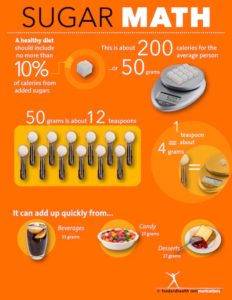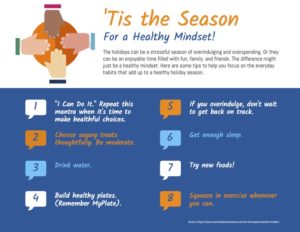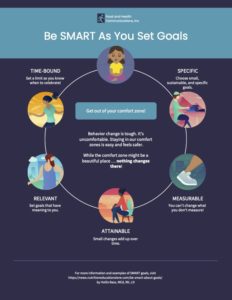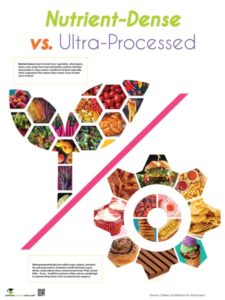Sugar can be confusing to your students or clients.
They hear lots of different numbers … percent of calories from sugar, teaspoons of sugar, and grams of sugar.
They see lots of terms … natural sugar, added sugar, and other names for sugar.
They’re bombarded with misinformation … “I can’t eat fruit because it has sugar!” “Honey is natural so it’s healthier than sugar.”
Clear up the sugar confusion once and for all with our Sugar Math PowerPoint show that comes with speaker’s notes, handouts, and clipart.
Your audience will learn how to do the math when it comes to sugar:
- How to calculate sugar limits by calorie intake
- How to find added sugars on the Nutrition Facts panel
- How to translate grams of sugar to teaspoons of sugar
- How to tally up their daily sugar intake
And they’ll learn about:
- Foods and beverages that are high in added sugars
- How to spot hidden sugars
- Simple swaps to lower sugar intake
- Why cutting down on sugar is important to health
If you want to do it yourself, why not visit the Dietary Guidelines for Americans and show how the limit for refined sugar is 10% of calories per day?
Discussion points: what is refined sugar, and what is 10% of calories per day for most people? Look at a few popular food labels and discuss how these foods can fit. Ask the audience what they would do on 10% calorie budget for their sugar intake. Do beverages make sense?
By Hollis Bass, MEd, RD, LD
PDF Handout: Sugar Math






















